We made an impromptu trip to Stiffkey on the North Norfolk coast, stopped overnight at the Red Lion Inn, it was almost dark by the time we got there but there were lots of loose flocks (skeins) of geese coming home to roost on the marshes. The initial attractor had been rumours of waxwings around the car park near our old stamping ground High Sands Campsite.
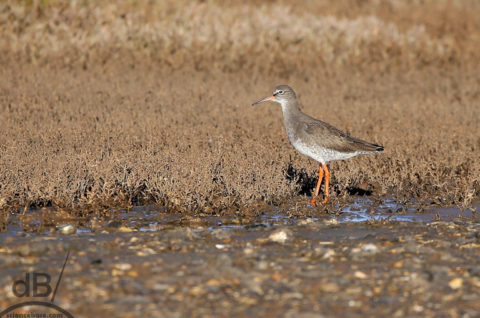
An earlyish breakfast the next morning had us legging it to that area in search of Bombycilla garrulus, none to be seen but a big flock of linnets was chasing around the neighbouring hedgerows, we could hear lots of curlews (in flight directly below this paragraph) and could see pale-bellied Brent goose, red shank (pictured above), little egret, kestrel, stonechat, snipe, bar-tailed godwit, cormorant, lapwing, fieldfare, oystercatcher, pochard, shelduck, black-headed gull, redwing, dunlin, sandpiper, yellowhammer, skylark, greenfinch, chaffinch, meadow pipit, turnstone, wigeon, and a real mixed bag of other birds spending November on around the marshes.
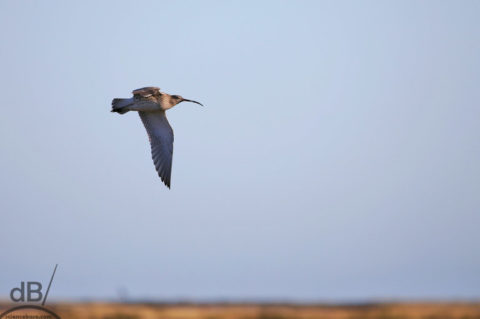
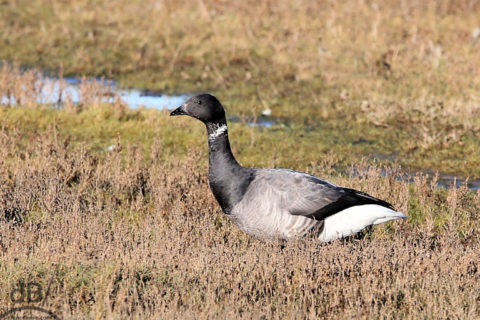
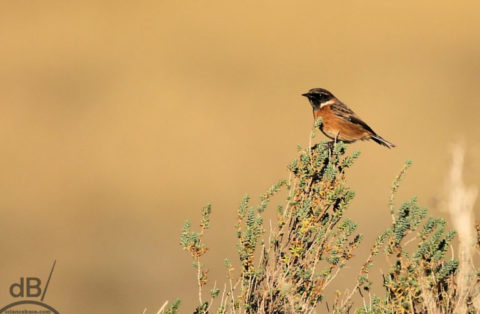
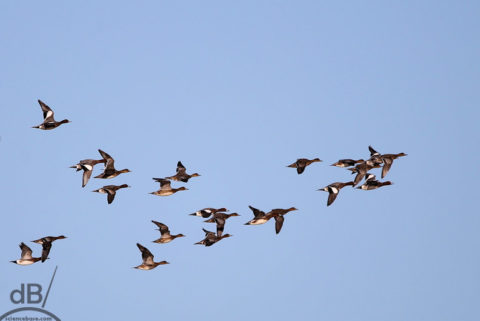
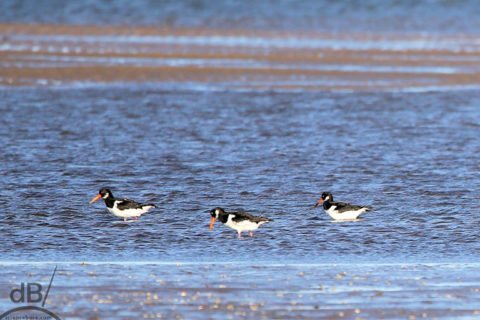
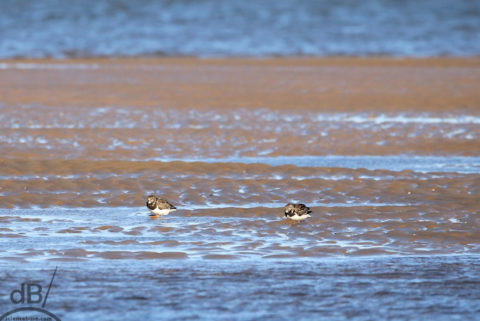
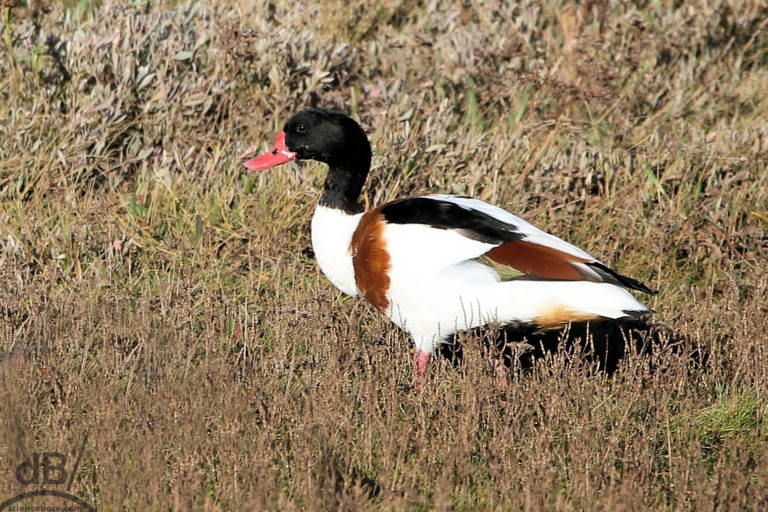
There are countless other species appearing on the North Norfolk coast according to the proper birders: black brant goose, Iceland gull, glaucous gull*, Lapland bunting, cattle egret*, great white egret*, Slavonian grebe, spotted redshanks*, water pipit, snow bunting*, Tundra bean goose*, great Northern diver*, long-tailed duck*, little stint*, velvet scoter*, hawfinch*, Caspian gull, goshawk, Richard’s pipit, shorelark, rough-legged buzzard, yellow-browed warbler, Sabine’s gull, grey phalarope, little auk, black-throated diver, red-necked grebe, Leach’s petrel, Pomarine skua, black guillemot, ring ouzel, twite, purple sandpiper*, scaup, white-fronted goose*, dotterel.
Now, that list is what sets us apart from the proper birders, not only would I not recognise nor spot the majority of those, I’ve not even heard of a half a dozen of them before.
*We have since seen the asterisked species in various places.